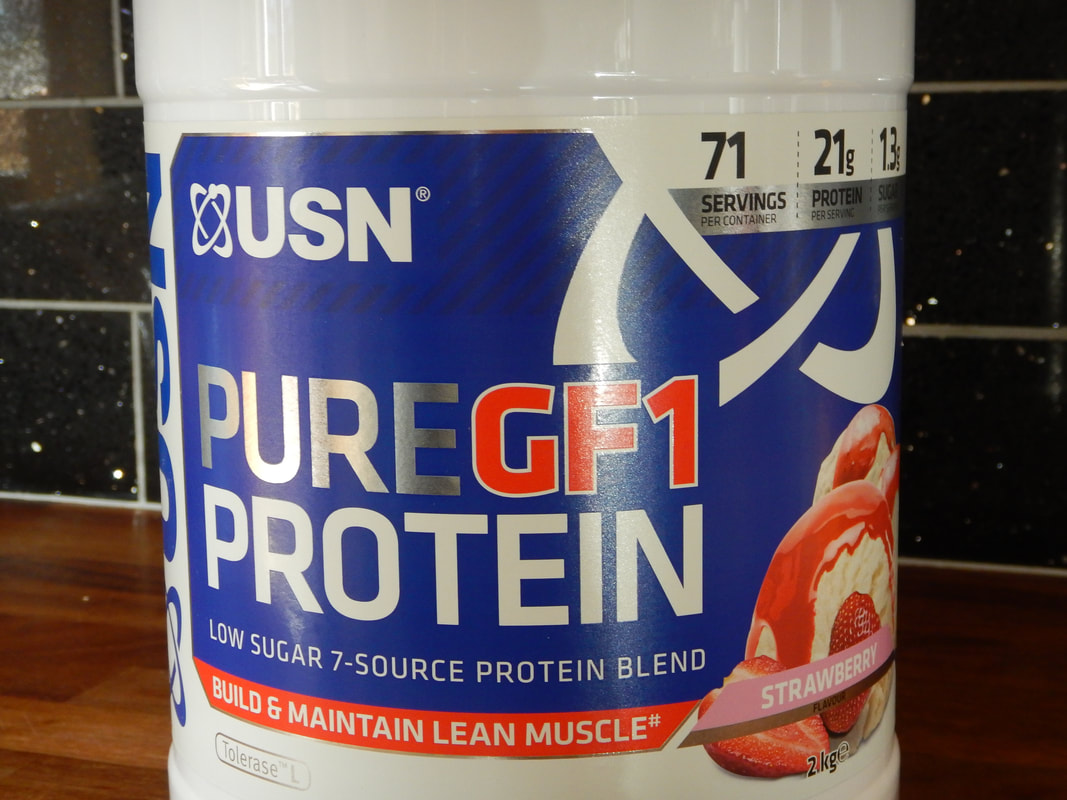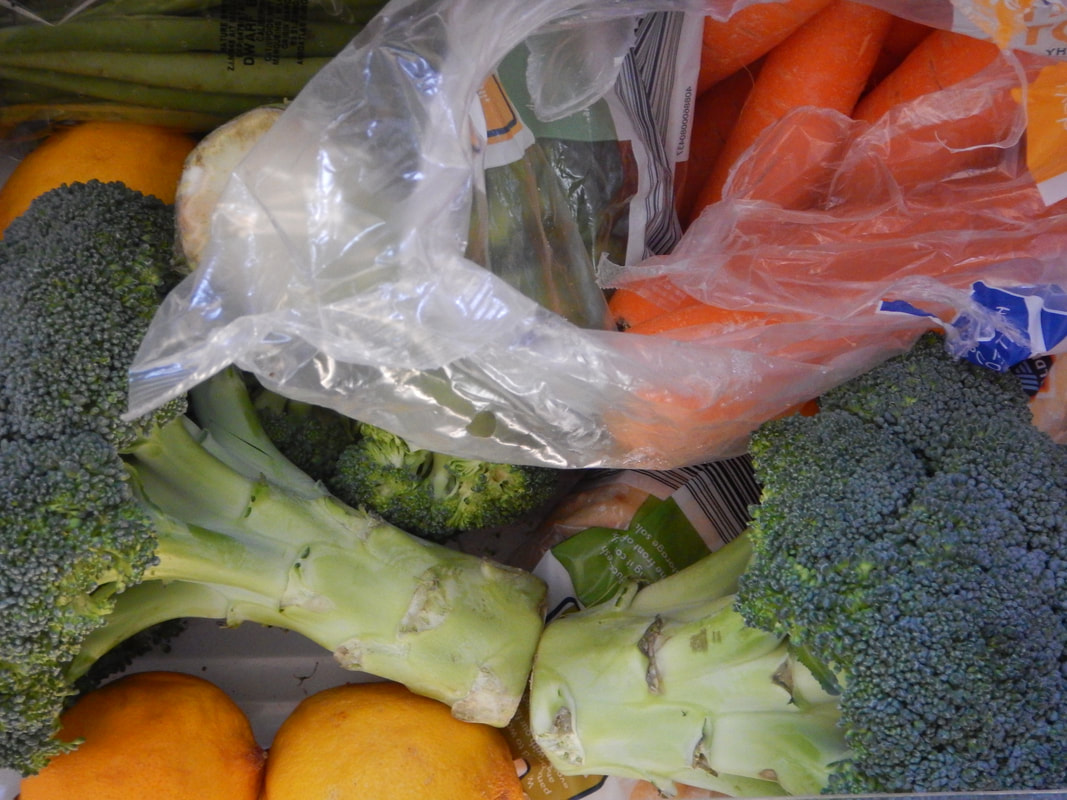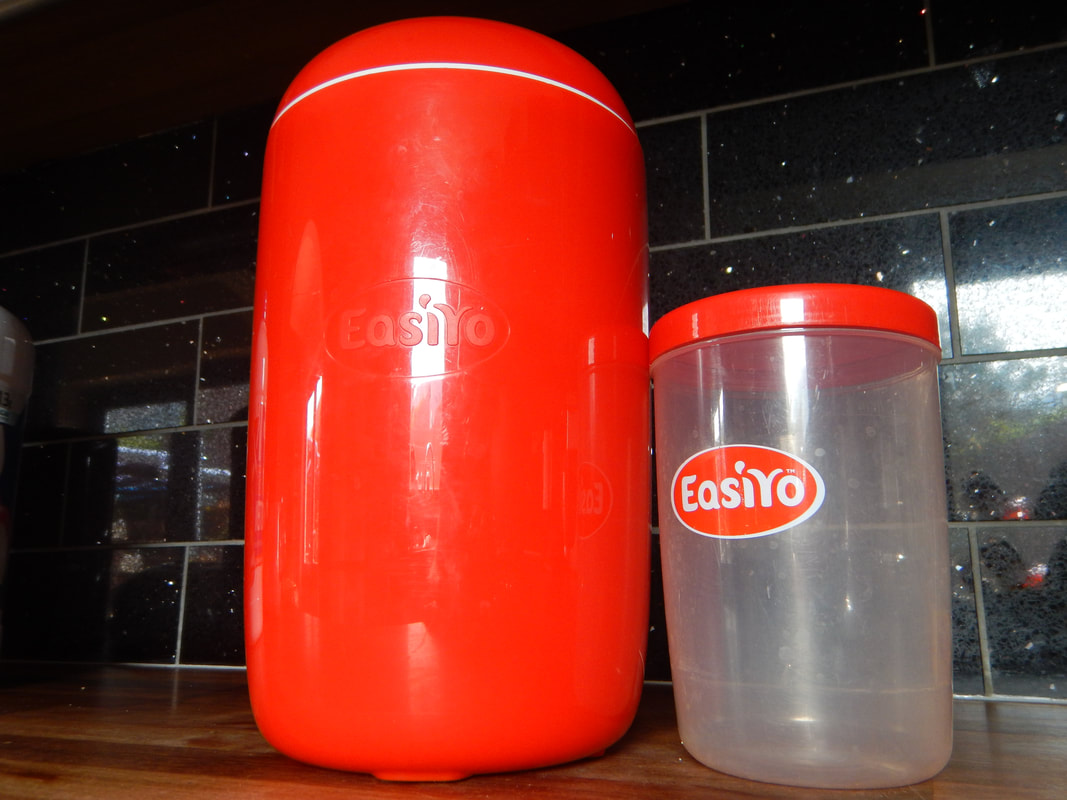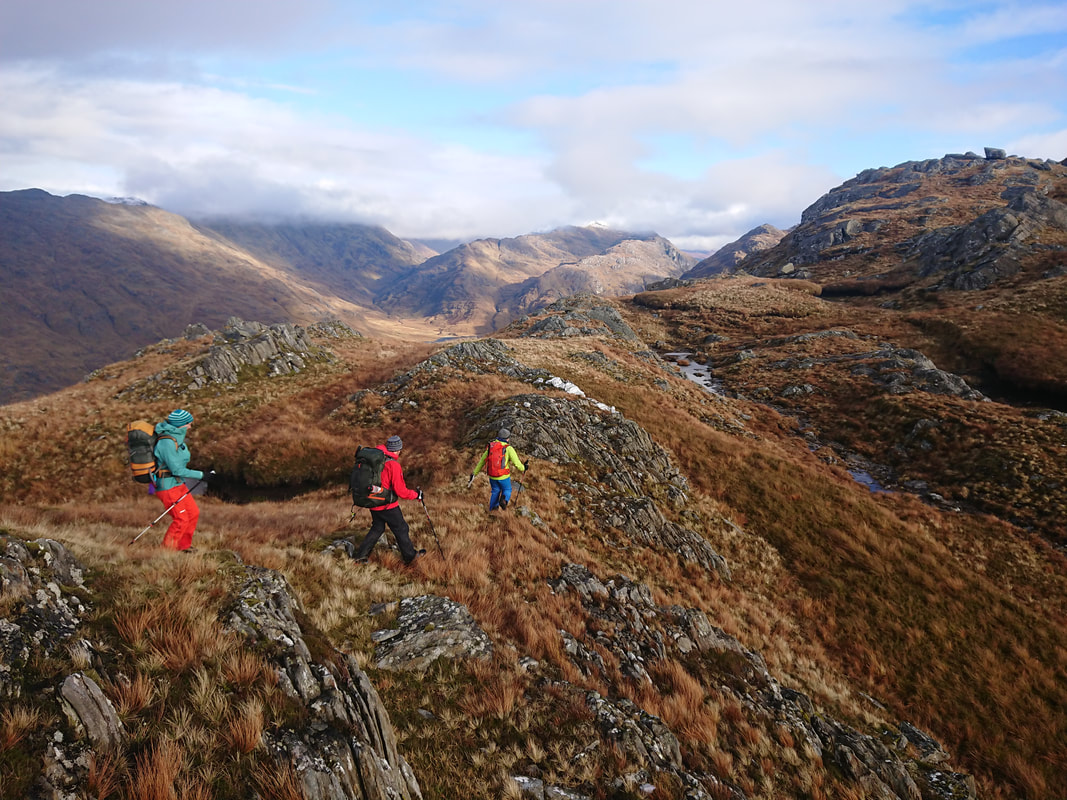|
Coming home from a big day of climbing I used to feel a real slump in energy. This isn’t very surprising really, a day on Ben Nevis is hard work and uses a lot of calories, so feeling tired at the end of it makes sense. It was a pain though - I come home to a chaos of children and their after school activities, phone calls and messages, Louise telling me about her day and all the jobs I need to do such as drying my gear, checking forecasts and trying to work out where to go tomorrow, when all I wanted to do was collapse on the sofa. I wanted a way to avoid this dip in energy and nutrition seemed to hold the answer. Back then my strategy was to eat more. On a really big day I’d get a pack of five jam doughnuts and eat them all before eating a regular dinner later on. Instant sugar energy would pick me up, right? And I do so much exercise that the calories would be burned off the next day. As nice as this was, it wasn’t working. A few friends were talking about a ketogenic diet like what Dave MacLeod has used successfully for a few years now. After completing his 24/8 project (https://www.youtube.com/watch?v=huL5TdBfTIE) Dave talks about finishing this amazing athletic feat feeling that he could carry on going. He describes feeling a uniform supply of energy, no peaks and troughs like you can get on a diet of carbohydrates. Looking more closely at the ketogenic diet, I could not work out how I could get it to work for me. You can’t have cereal for breakfast or sandwiches for lunch. The practicalities, cost and dedication to follow it when the rest of my family was eating very different meals made me look elsewhere. This is when I was lucky enough to hear some advice from Rebecca Dent, the High Performance Dietician, aimed at British Mountain Guides, with the aim of helping us stay fit and healthy enough to carry on climbing right through our careers and into retirement. Having taken her advice and acted on it, I realised half way through this winter that I do not now suffer the big energy dip I used to when I got home. It was a hard winter with lots of tough days. The only change I have made is in my diet, so I can only attribute the results to this. The advice included a few things. In short; eat more protein, more omega 3 oil (found in oily fish), lots of vegetables every day and half of these should be green, berries every day, nuts and seeds, and beetroot juice. We should also eat protein in all our meals and eat lots of small snacks instead of a few big meals. Here’s great article written by Rebecca giving an example of what to eat and when to eat it on a big day of climbing - https://www.rebeccadent.co.uk/nutrition-articles/2018/2/6/nutrition-tips-for-long-mountain-days When we are working hard, day after day, we need more protein. The recommended intake for a normal lifestyle is 0.8g of protein per kg body mass. When we are working hard we should increase this to about 1.6g per kg body mass. As a guide, an egg contains about 13g of protein, a chicken breast of 172g has about 54g of protein. My body mass is 85kg so I need to take in about 136g of protein each day which is quite a lot. We can get protein from meat, fish, eggs and dairy such as yoghurt. Nuts also have a lot of protein but we need to be wary of eating too much saturated fat that you get a lot of in nuts. Protein powders are very useful (like what bodybuilders use). I found there is a huge range of these and it is really hard to know which to go for. Find one with whey protein and creatine (3g per day), and a second one with casein (30g to 40g per day, best just before bed time). Omega 3 oil is found in fish such as salmon, sardines and mackerel (but not tuna, cod or haddock - fish fingers don’t count!). If you don’t like fish you can take fish oil tablets - three of the 1000mg tablets every day when you are exercising hard. Do you get your five portions of fruit and vegetables each day, every day? Each portion is 80g and the total is 400g (minimum) each day. Half of this should be dark green vegetables such as sprouts, spinach, broccoli, kale, cabbage etc. Your dinner plate should be half covered in vegetables and half of these should be dark green. You can look up the reasoning behind all these things, there’s too much to put into this article. The next step is to work out how to build this into your daily diet and routine. Don’t go for one big change, a complete overhaul of your food intake. Instead, make small changes over a period of time and work out what you can sustain. It’s hard to maintain a revolution, easier to make small changes in your daily habits. Here’s how it works for me. Breakfast - granola style cereal with yogurt, berries and toasted seeds and nuts. Packets of frozen berries are not so expensive and I make yogurt at home (see below). Lunch - sardine sandwiches made with seedy, wholemeal bread with sardines in tomato sauce (35p per can) and a little extra tomato ketchup, eaten over three snacks during the day. Back at the van - protein shake plus an apple and a pear. When I get home - peanuts or mixed nuts. Dinner - a source of protein, lots of vegetables and some brown rice or pasta, potatoes etc. Supper - a slice of seedy, wholemeal bread with peanut butter or a bowl of granola cereal with yoghurt. If you’ve climbed with me during the last year I probably went on about sardine sandwiches! I used to eat cheese, butter and mayonnaise sandwiches. By cutting these out and replacing them with sardines, I’ve cut out a lot of fat and replaced it with a cheap source of protein and omega 3 oil. It helps that I like sardine sandwiches and I’m aware that not everyone does! I try to cut out as much refined sugar as I can. No more doughnuts (at least, not very often!), no sugar in my tea, no sweets and I prefer dark chocolate. As for carbohydrates, I try to eat good quality carbs (brown rice instead of white, brown bread, sweet potatoes instead of regular spuds), and I try to match my intake with the exercise I do. The last two weeks have seen my level of exercise drop dramatically so I have reduced how much cereal, bread and rice/pasta I eat. My diet is not perfect, not by a long way. I still eat biscuits, cake, fish and chips. But I’m more likely to reach for a protein snack instead of doughnuts, I eat a lot of spinach, and I eat sardines most days. The result is that I don’t have that dip in energy levels when I get home and, long term, I should have fewer niggling injuries and be able to keep on climbing for another thirty years. I’m 47 now, and I wish I’d done this 20 years ago! Here's how to make yogurt.
I use an Easiyo tub to make it in. This is just an insulated tub which holds enough boiling water to surround the 1ltr container and keep the heat in for several hours. If you don't have something like this you can heat the milk and make the yogurt in a vacuum flask, or keep it warm in a warm slow cooker or even just on a radiator. I mix up 1ltr of full fat milk with 1tbs live yoghurt (Yeo Valley Natural Yogurt) and 2tbs full fat milk powder in the container. I place this in the big tub with boiling water and leave it over night. It's as easy as that. Without the insulated tub, heat 1ltr of full-fat milk over a medium-low heat until almost bubbling (85ºC), stirring often so it doesn’t catch on the bottom. Leave it to cool enough that you can stick your finger in it but it’s still pretty hot (46ºC). If you want to get more accurate, use a thermometer. Then mix in the yogurt and milk powder and keep warm and still for at least 5 hours. Once started, you can use a spoon of the old yogurt to start the next batch. One of my favourite post-workout snacks now is yogurt with berries and protein powder. It's filling, very tasty and really helps with the recovery.
0 Comments
Your comment will be posted after it is approved.
Leave a Reply. |
AuthorMike Pescod Self reliance is a fundamental principle of mountaineering. By participating we accept this and take responsibility for the decisions we make. These blog posts and conditions reports are intended to help you make good decisions. They do not remove the need for you to make your own judgements when out in the hills.
Archives
March 2024
|





 RSS Feed
RSS Feed
